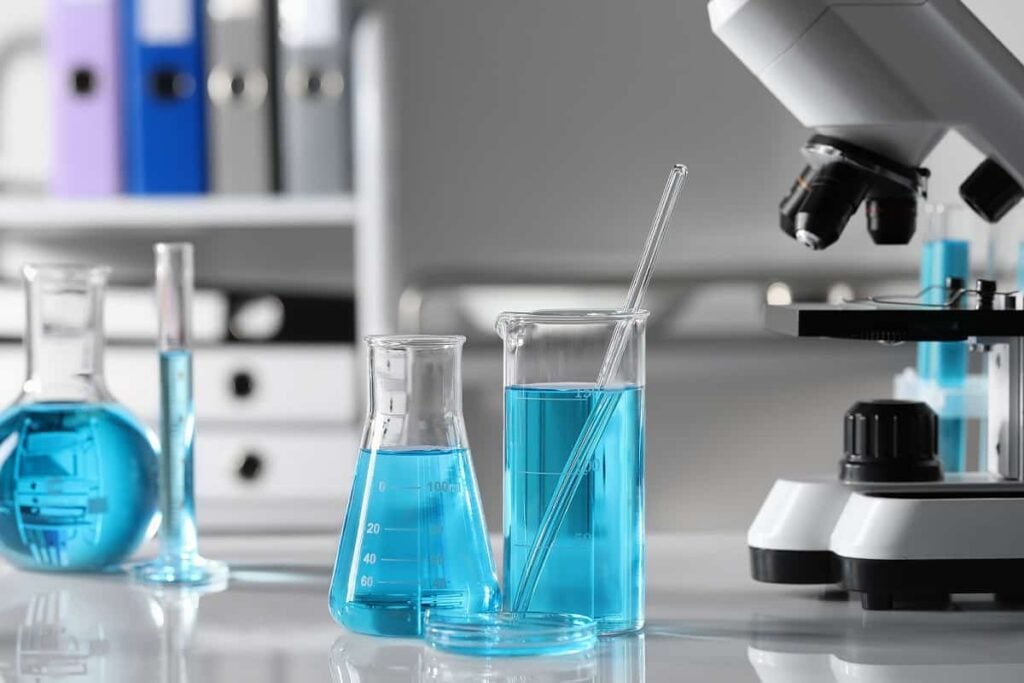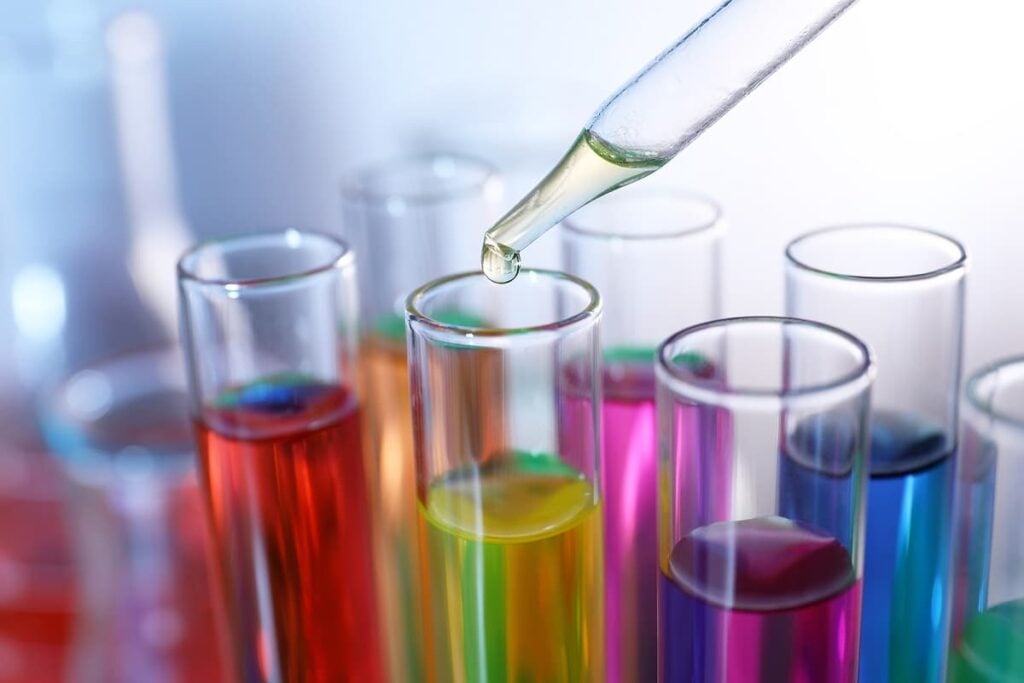The FDA Drug Approval Process Simply Explained

In reviewing drug development companies, investors often come across terminology such as “Phase 2 clinical trials” or “filing of an IND application”. The entire process can be quite confusing and it is important to understand the specific phases that a new drug needs to go through in order to receive approval to be marketed and sold to consumers. Oftentimes OTC companies (such as in the case of Regen Biopharma) will file an “IND Application” and then tout said application as “pending FDA approval” for their drug when in fact it is a small step to be taken towards the drug actually being sold and marketed. Let’s look at the typical FDA drug approval process.
Pre-Clinical
Prior to even filing any application with the FDA, pre-clinical development takes place in which the primary goal is to determine if the product is reasonably safe for initial use in humans through animal testing. The compound also needs to exhibit pharmacological activity that justifies commercial development.
Investigational New Drug Application (IND)
The first filing is the IND which is the means through which the drug developer obtains an exemption from the FDA which allows them to transport or distribute their drug candidate across state lines. This is often needed for clinical trials to take place. A successful IND application will include detailed information about the drug’s composition and manufacturing as well as a plan for testing the drug on humans.
Phase 1 Studies
Phase 1 studies typically involve 20-80 people with the emphasis being placed on drug safety. The focus is on determining the drug’s side effects, and how the drug is metabolized and excreted. The process typically takes just under two years.
Phase 2 Studies
Phase 2 studies begin if Phase 1 studies don’t reveal unacceptable toxicity. The typical number of patients in a Phase 2 study is in the hundreds. The goal here is to determine if the drug actually works in treating a particular condition. This phase also takes typically around 2 years.
Phase 3 Studies
Phase 3 studies begin if evidence of effectiveness is shown in Phase 2. Phase 3 studies gather more information about safety and effectiveness, studying different populations and different dosages and using the drug in combination with other drugs. The number of subjects usually ranges from several hundred to about 3,000 people. This phase typically takes around 30 months.
New Drug Application (NDA)
The sponsor then holds a meeting with the FDA before submitting an NDA. When an NDA comes in, the FDA has 60 days to decide whether to file it so that it can be reviewed. Following the successful filing of an NDA, the FDA then reviews the drug’s labeling and inspects the facilities where the drug will be manufactured. The FDA will then either approve the application or issue a response letter.
To Conclude
According to a study by the Manhattan Institute, typically 90 percent or more of a drug’s development costs are incurred in Phase 3 trials. The cost to develop drugs has increased sharply over time and in 2005, the average cost for the full life-cycle of a drug approval reached a staggering $1.3 billion:
The process can drag on as well. A study in 2003 showed that the entire life-cycle from pre-clinical to market takes around 11-14 years. Surprisingly, only one in 12 drugs that enter human clinical trials end up gaining approval from the FDA.
The takeaway for investors is that drug development is an extremely risky venture. Statistically, the outcome is likely to end badly with no recouping the costs incurred. The process is lengthy, unpredictable, and extremely costly. With the exception of heavily capitalized major pharmaceutical companies that can fund development costs and absorb the loss of a drug candidate, companies that are banking on a single drug candidate seem highly speculative.
Sign up to our newsletter to get more of our great research delivered straight to your inbox!
Nanalyze Weekly includes useful insights written by our team of underpaid MBAs, research on new disruptive technology stocks flying under the radar, and summaries of our recent research. Always 100% free.
















Time to change the system. Phase II should be enough.
Once the drug is proven safe, let people decide if they want to buy it.
Radical? The U.S. government already uses this approach for so called natural products many of which are not proven safe.
If the government tried to impose greater regulations those supporting such steps would be voted out of office. Yet billions are spent on worthless products for which no direct benefits have been proven.
I would rather take my chances with Lily, Pfizer or Merck than many in the supplement business.